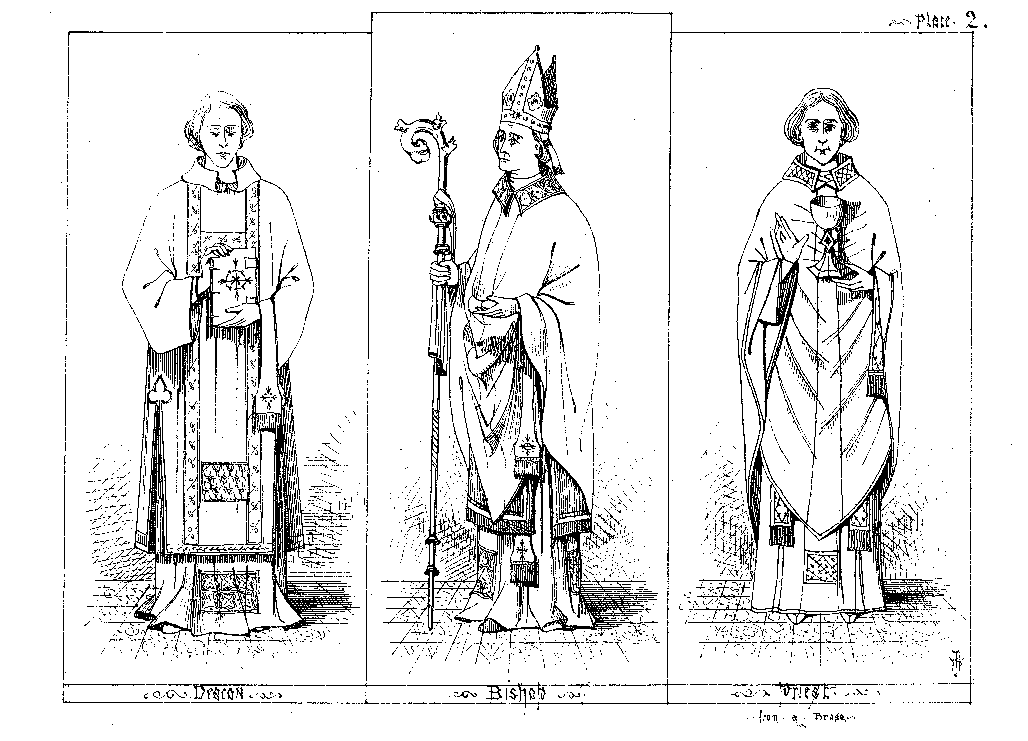One who did exactly that was Eric Fromm. Born in in 1900, he witnessed two world wars with all its horror and life threatening violence. He came from a Jewish family with strong academic traditions, and he did his formation as psychoanalyst in Germany before moving to the United States in 1934. His religious background and insight in the Talmud strongly influenced his elaboration of the understanding of humanity. In a time where hate and contempt for the dignity and worth of the human being had marked the world society, Fromm sought an answer to the question of the fundamental needs of humanity. He was opposed to the Freudian understanding of the human being, claiming that it is not sexuality, that first and foremost constitutes the drive in humanity, but the deep need of belonging. Fromm developed a humanistic philosophy based on the Biblical story of Adam and Eve becoming strangers in front of God, each other and even themselves. From the moment of the fall, life becomes a struggle to reunite with the world.
Fromm explains how the human being may unite with the world in many different ways; many of them false, others resulting in a limited freedom and peace. (Examples of unsatisfying ways of uniting with the world, says Fromm, can be found in narcissism, submission or domination. The most common way of our time though, is what can be called a herd conformity which in its ground is rooted in a rather primitive feeling of clan identity.) The only way that can fully answer this the deep desire of belonging is love. And we are not talking about being loved, but developing the capacity of loving. Fromm confronted the same difficulty as we started with: What is love? Fromm introduced four notions to describe the quality of loving, each of them describing a certain attitude: care, responsibility, respect and knowledge. These qualities lead man out of himself and draw his attention to the other. Through care he is concerned with growth and happiness of the other person. He takes responsibility by responding to the others articulated or non-articulated needs. He respects the other person and sees him objectively (and not the way he wishes to see him), and he search to know the other sufficiently to see the world from the perspective of the other. This is the fundamental attitude that every human being can take part in, and it should be underlined that this not only to applies to certain people, like the ones we prefer, but to all of humanity. Fromm writes: 'if I can say "I love you", I say, "I love in you all of humanity, all that is alive; I love also myself". Self-love, in this sense, is the opposite of selfishness'. This kind of all-embracing love is in its nature a brotherly love; an equal, respectful and caring attitude, always leaving the other person free.
Egypt: St. Menas designated by Christ as his trusted friend and adviser. 6th century
This is a way of describing love that we as Christians are invited to meditate upon. It corresponds to the Christian notion of love which is at the same time universal and personal. Fromm's description helps us to see clearer how love should be realized, yes, it can even be used to prepare ourselves for confession. After all, we often fail in meeting with those around us, in one or several of the notions that Fromm mentions.
If you would like to know more of Eric Fromm, I recommend his bestselling book, The Art of Loving, which through a simple language describes the depths of our inner selves.









